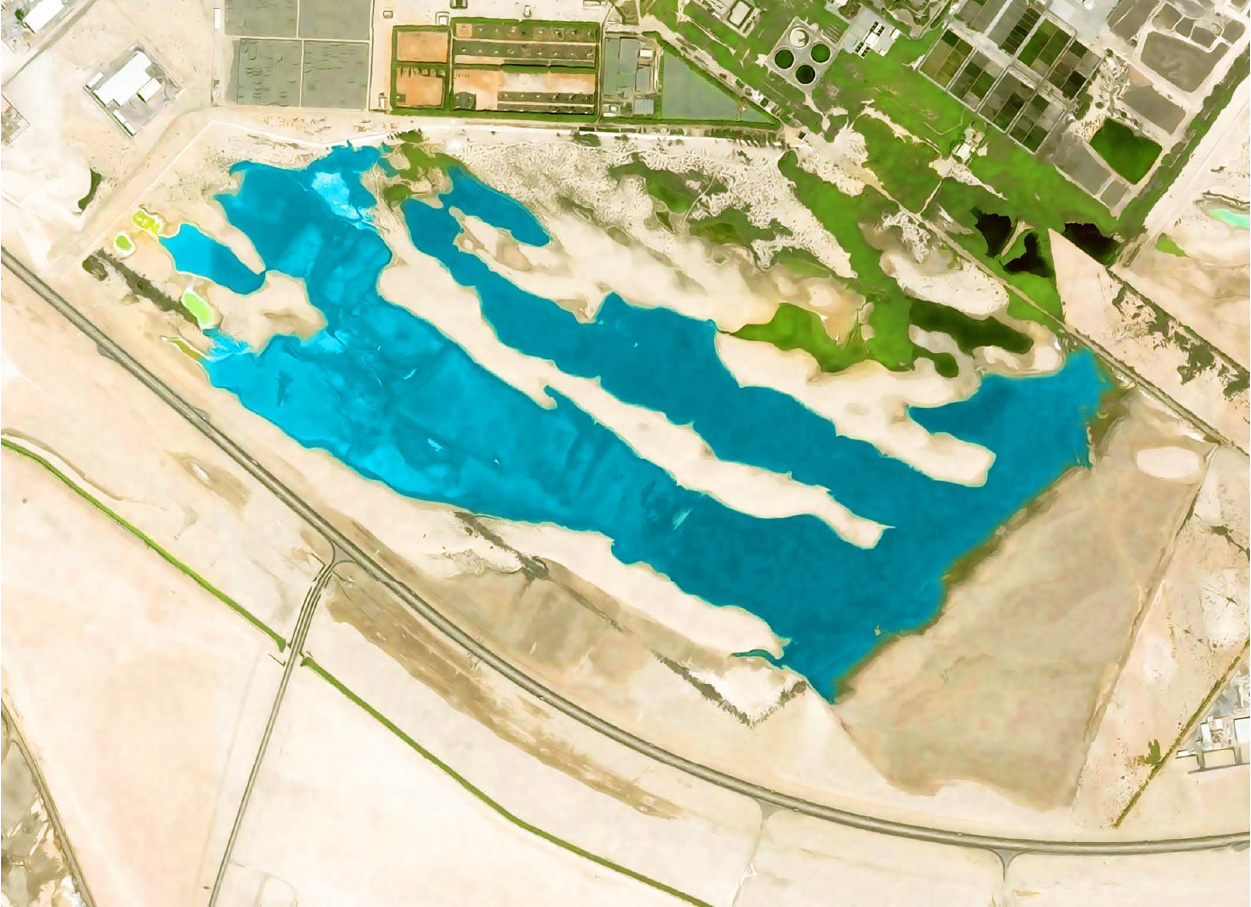
ALWATHBA
Scenario 1
This is the Al Wathba Wetland Reserve. The water in this lake comes from the nearby Mafraq treatment plant, diverted into the lake to maintain it.
This lake is a combination of natural and man-made water bodies and hosts a variety of organisms; including some endangered species.
Also, the area around this lake includes wetlands, sabkhas, fossilized sands and dunes, making it a unique system.
Due to this diversity in the lake, it has been declared as a 'Ramsar' site in 2013.
This lake is a combination of natural and man-made water bodies and hosts a variety of organisms; including some endangered species.
Also, the area around this lake includes wetlands, sabkhas, fossilized sands and dunes, making it a unique system.
Due to this diversity in the lake, it has been declared as a 'Ramsar' site in 2013.
ALWATHBA
Scenario 2
A variety of organisms live together in the 5 Sq.km marshy wetland area of Al Wathba. They are highly interdependent as commonly seen in any ecosystem.
The birds, insects, mammals, reptiles and plants depend on each other to survive.
The birds, insects, mammals, reptiles and plants depend on each other to survive.
ALWATHBA
Scenario 3
Despite the relatively small size of the Al Wathba Wetland Reserve, many species flourish here, including several endangered ones.
The presence of so many different habitats and types of vegetation within one compact area has attracted different forms of life.
The presence of so many different habitats and types of vegetation within one compact area has attracted different forms of life.
ALWATHBA
Scenario 4
Amongst the 35 species of native plants found in the Al Wathba Wetland Reserve, majority are halophytic – meaning which are specially adapted to saline environment conditions.
Most of the species in the reserve are perennial shrubs.
Most of the species in the reserve are perennial shrubs.
ALWATHBA
Scenario 5
The Al Wathba Lake gained recognition internationally when the Greater Flamingo bred here in 1993 and was designated as a nature reserve in 1998.
The Flamingos lay a single egg on a mud mound between April-July and December- February
The Flamingos lay a single egg on a mud mound between April-July and December- February
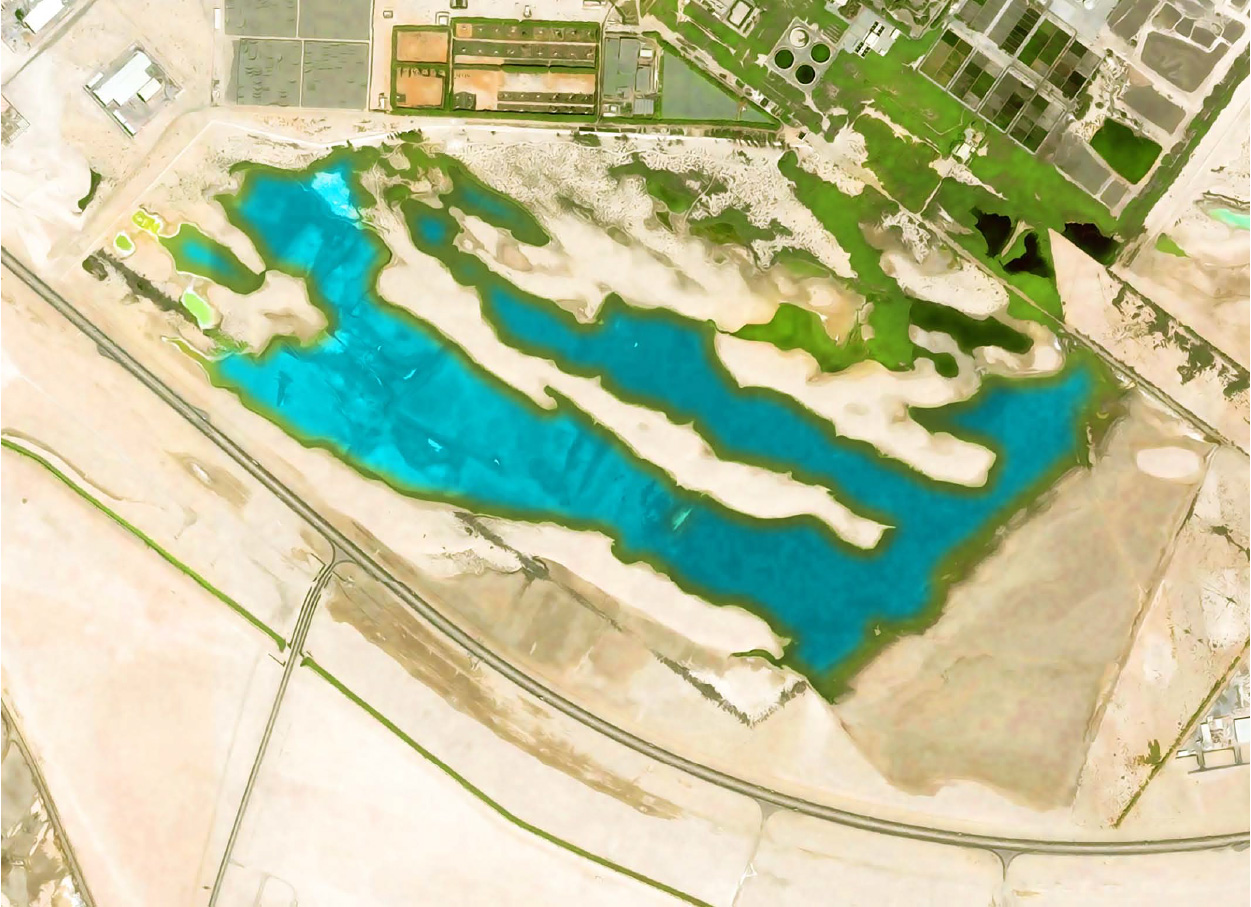
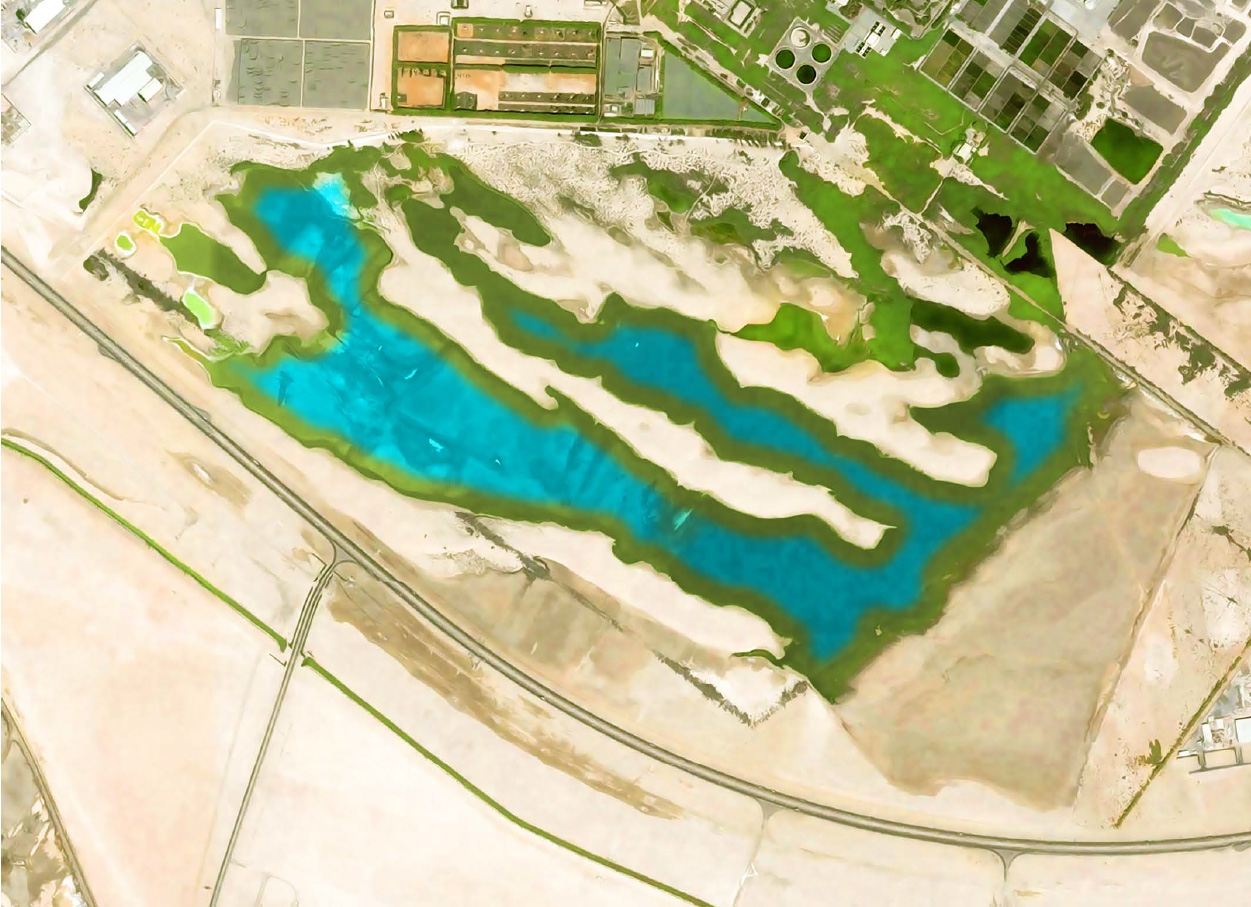

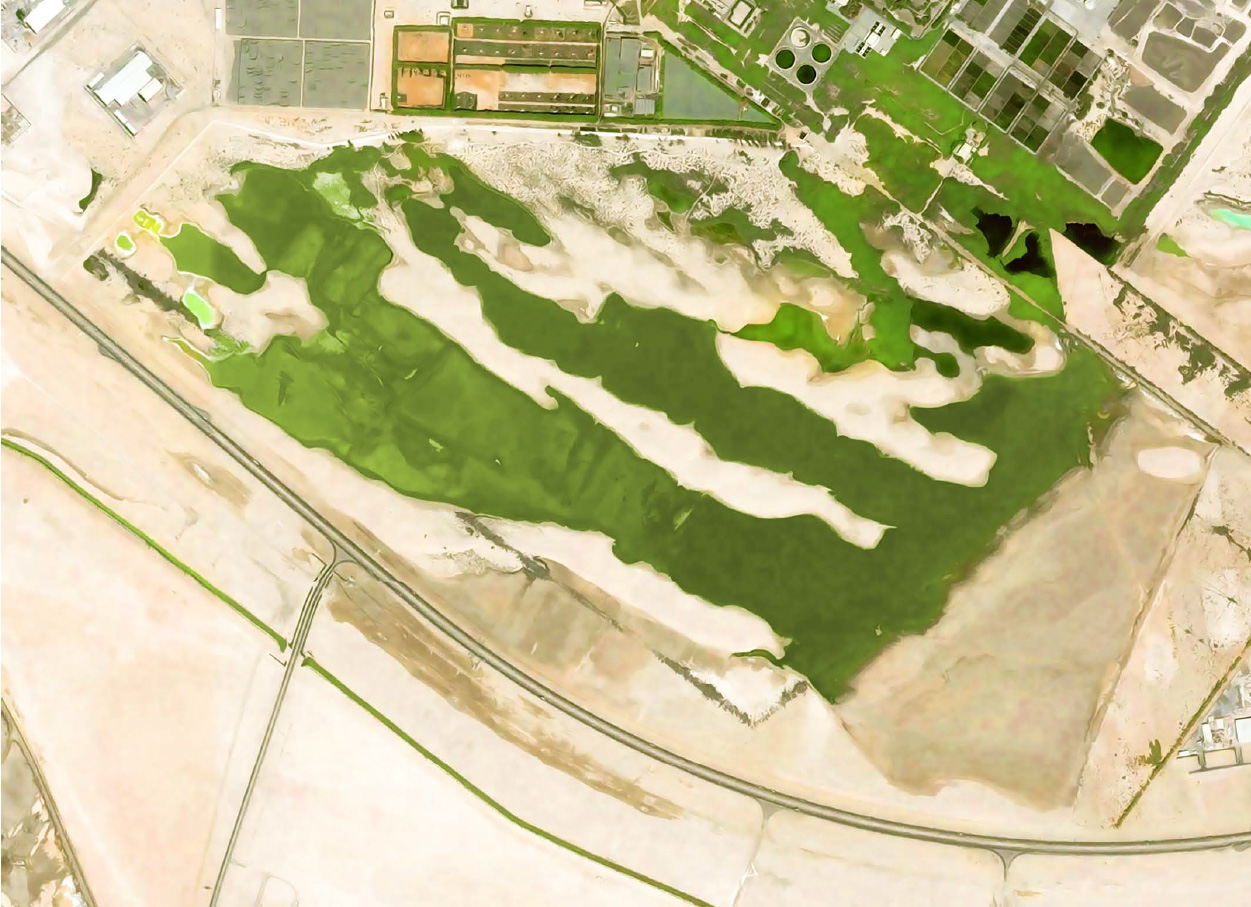





































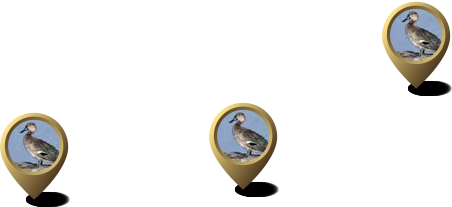
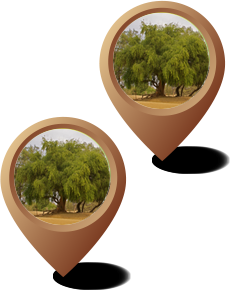
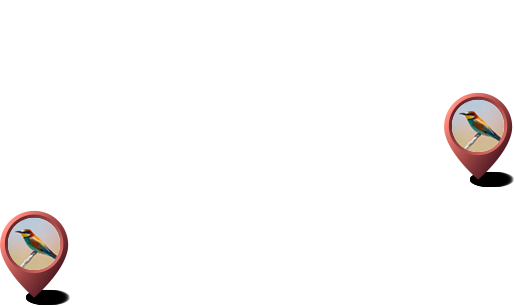
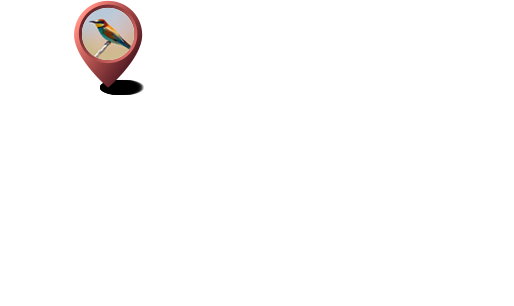
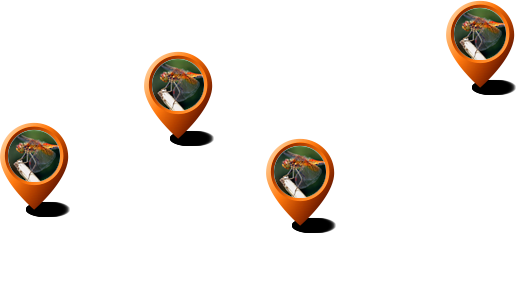
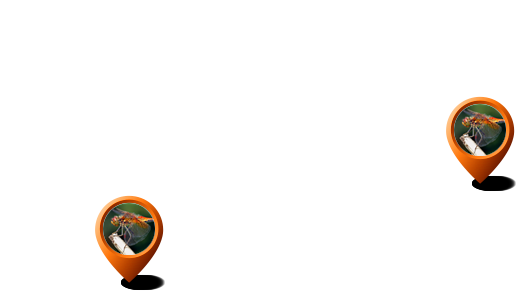


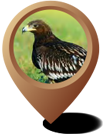





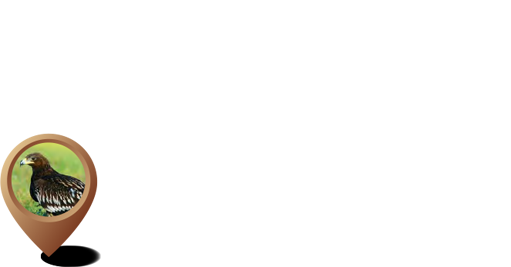
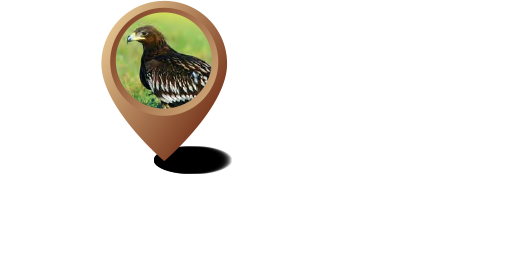





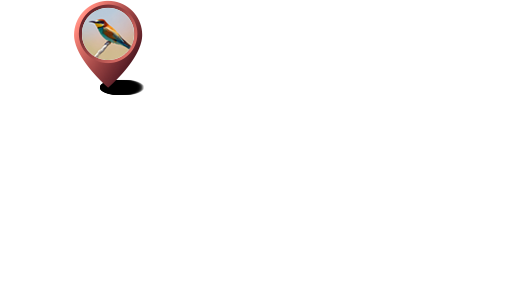

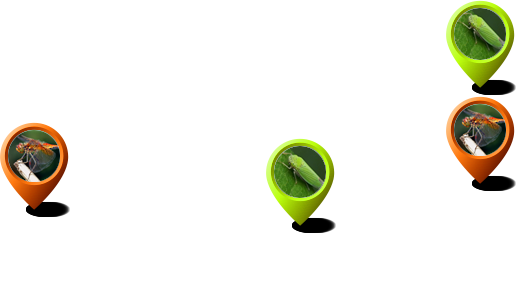

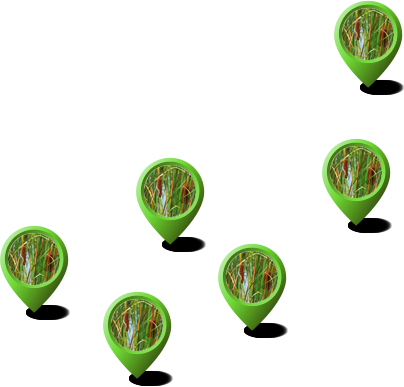














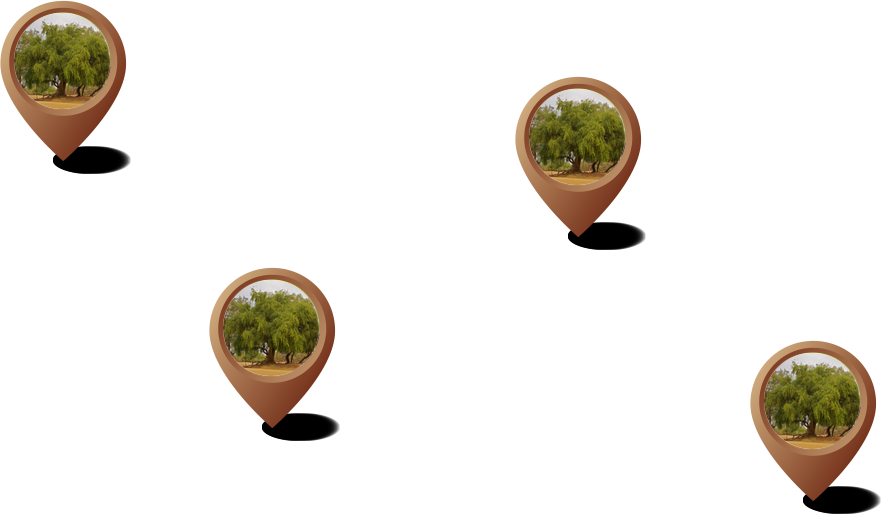
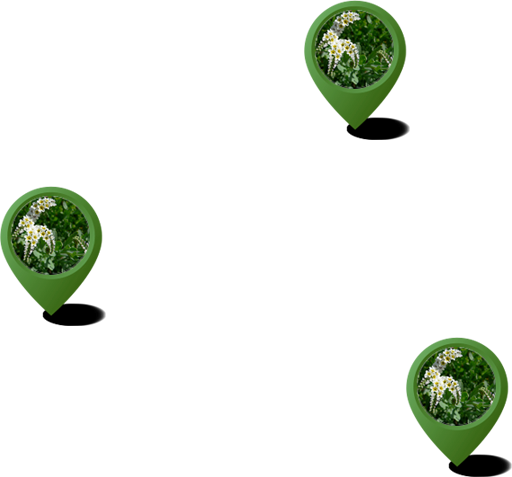
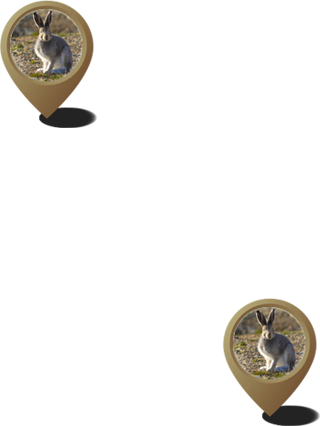
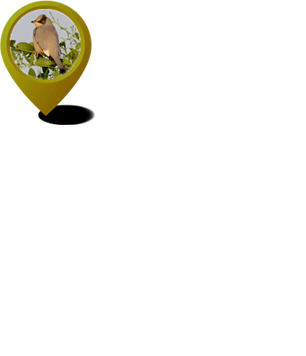
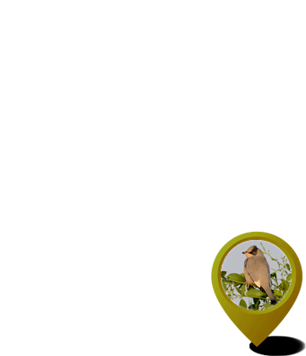





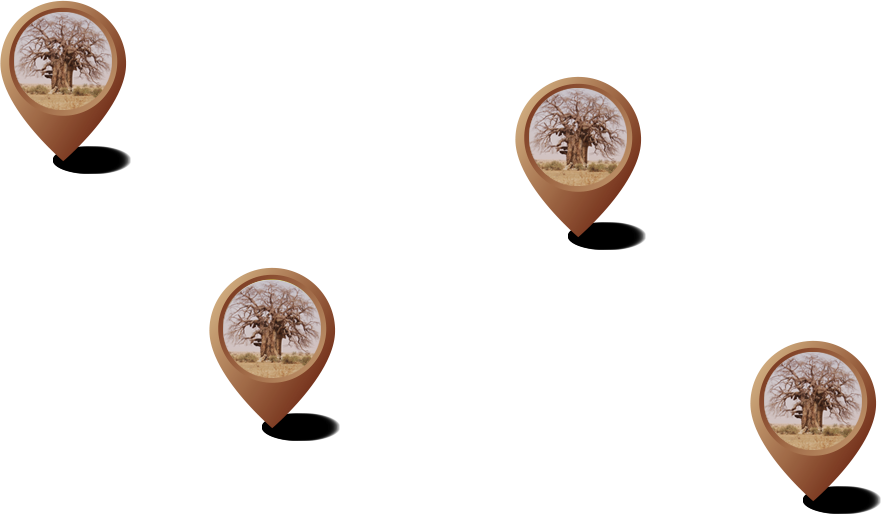
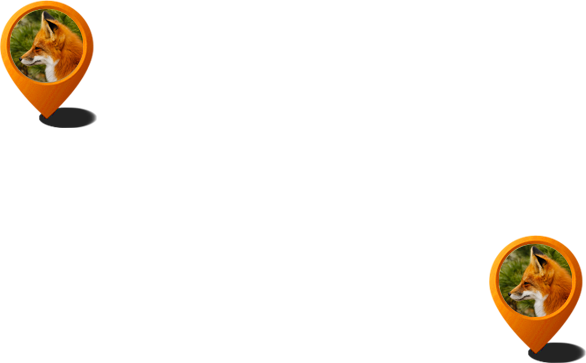









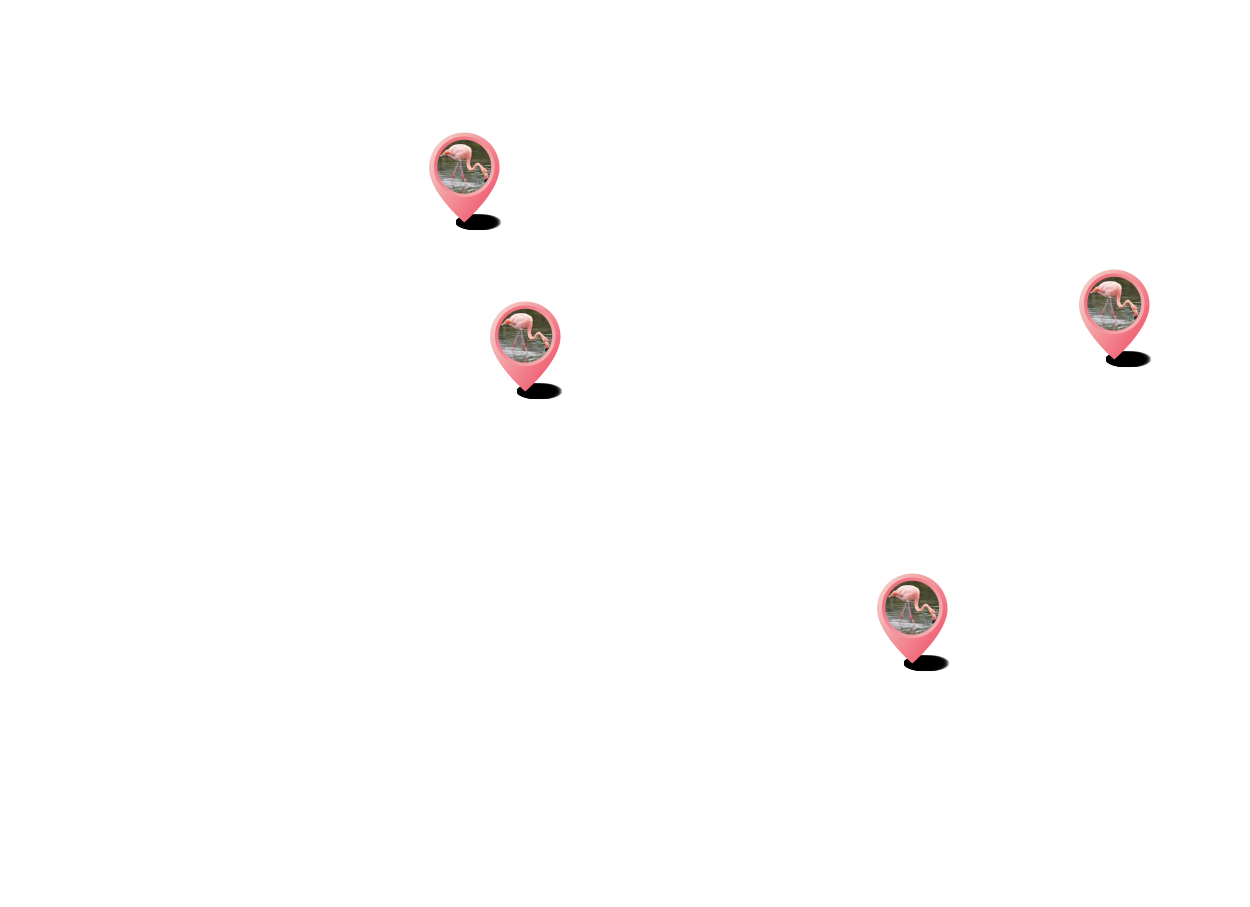





Starting with the microorganisms- Algae is found in the lake, which is the food source of Artemia- a type of shrimp.
Starting with the microorganisms- Algae is found in the lake, which is the food source of Artemia- a type of shrimp.
Starting with the microorganisms- Algae is found in the lake, which is the food source of Artemia- a type of shrimp.
The Greater Flamingos love eating artemia and their chicks feed on the artemia larvae
Once when the people at Mafraq treatment plant forgot to pump treated water into the lake, the hyper saline part of the lake became even more saline. Due to this, the artemia population started reducing, as they couldn't survive in such saline conditions.
This in turn led to an increase in the algae, as there were no artemia to eat it.
The flamingo chicks, who feed on artemia larvae, started leaving the lake due to loss of food.
This led to an algal bloom all over the lake and the lake became green; thus leading to eutrophication and death of many other organisms in the lake.
The Greater Spotted Eagle is one of the bigger birds living in Al Wathba.
Smaller birds like Teals and Bee eaters are food options for the Greater Spotted Eagles.
Smaller birds like Teals and Bee eaters are food options for the Greater Spotted Eagles.
The Teals and Bee eaters feed on dragon flies which live in the wetland.
The Teals and Bee eaters feed on dragon flies which live in the wetland.
Dragon flies feed on the Reeds (Phragmites australis) in the lake.
If the fresh water input to the lake decreases due to some reason, the reeds wither away.
This means the dragon flies lose their habitat where they breed, rest and lay eggs.
The bigger dragon flies (Oasis skimmer) which eat the smaller dragon flies (carmine darter) might survive for some time but their numbers will soon start reducing.
Facing food loss, the Teals and Bee eater's population will vastly reduce.
Facing food loss, the Teals and Bee eater's population will vastly reduce.
The Greater Spotted Eagle will also lose some of its food which might force them to leave the wetland!
The Greater Spotted Eagle will also lose some of its food which might force them to leave the wetland!
The Greater Spotted Eagle which is one of the residents of the Al Wathba Wetland Resrve, lays its eggs here in a favourable climate.
It feeds on Teals and Bee-eaters at times.
It feeds on Teals and Bee-eaters at times.
The Teals and Bee-eaters feed on dragon flies, mosquitoes, Midgets (Sand fly) and leafhoppers which live in the lake.
Once, when the mosquitoes in the nearby areas increased, DDT (a banned pesticide) was sprayed on the lake. The DDT not only killed the mosquitoes, but also killed the midgets and leafhoppers.
As their food was gone, the dragon fly population starts declining.
This means there was less food for the Teals and Bee-eaters, so their numbers start dwindling.
The Greater Spotted Eagles food is then reduced.
Also due to DDT, the eggs of the eagles turn brittle. This means the eggs crack easily leading to deaths of eagle chicks.
Thus the reproduction capacity of the eagle is compromised!
Salvadora persica (Toothbrush bush) & Heliotropium (Turnsole) are both commonly occurring shrubs in the Al Wathba Wetland Reserve.
Hares, some birds and Blue Spotted Arab Butterflies feed on and take refuge under these shrubs.
Due to global warming and climate change,
if the temperature around the lake increases,
these shrubs will dry up; this would affect all the organisms dependent on them.
The hares which rest under these shrubs will lose their habitat and their hiding place is compromised.
The blue spotted arab butterfly larvae which feed on the salvadora persica, will lose their food.
The birds depending on the fruits from these shrubs will lose their food and nesting areas.
Even a little increase in temperature affects many organisms vastly.
In the labour camps around the Al Wathba Lake, feral dogs are found in a few areas.
In the labour camps around the Al Wathba Lake, feral dogs are found in a few areas.
If the population of the feral dogs increases, they pose a serious threat to the Al Wathba Wetland Reserve.
These dogs stray into the reserve and feast on the flamingo and other birds' eggs and chicks as they are easy targets.
This interrupts the flamingo breeding.
As Flamingos are migratory birds, they may stop frequenting the lake in their journey, being a vulnerable habitat.
This reduces their numbers greatly in the Al Wathba Wetland Reserve.







